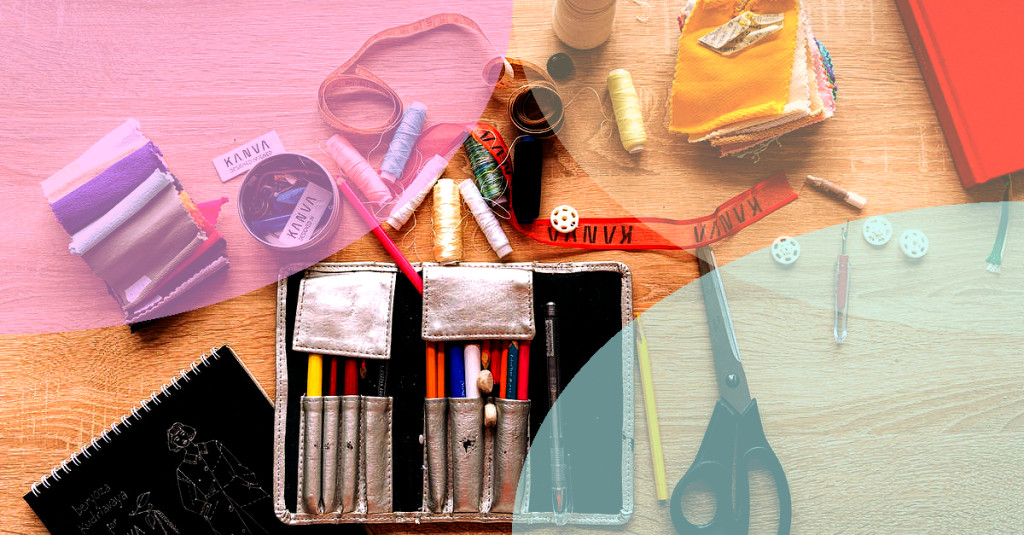A Beginner's Guide to Installing Baseboards

Tools needed

Installing baseboards can completely transform the look of a room by adding an extra layer of detail and sophistication. Although the process may seem daunting, with the right tools and a little know-how, it can be a relatively simple DIY project for beginners. In this guide, we'll walk you through the steps to install baseboards like a pro.
Step-by-step Guide

Before you begin, gather the following tools:
- Measuring tape
- Miter saw
- Nail gun or hammer and nails
- Carpenter's glue
- Sandpaper
- Painting supplies (if you plan to paint your baseboards)
Step 1: Measure your walls
Step 2: Purchase materials
Start by measuring the length of each wall that needs a baseboard. Make sure to take accurate measurements, as this will determine how much material you need to purchase.
Step 3: Cut the baseboards
Once you have your measurements, head to your local home improvement store and purchase enough baseboard material to cover all walls. Consider the height and style of the baseboard when making your purchase.
Related articles
Step 4: Sand the baseboards
Using a miter saw, cut the baseboard to the correct length for each wall. Remember to take into account any corners or angles in the walls.
Step 5: Secure the baseboards
After cutting, use sandpaper to smooth out any rough edges or imperfections in the wood.
Step 6: Fill nail holes
Apply carpenter's glue to the back of the baseboard and press it firmly against the wall. Then, use a nail gun or hammer and nails to secure the baseboard in place. Make sure to nail at an angle to avoid splitting the wood.
Step 7: Paint or stain the baseboards
Once the baseboards are securely in place, fill any nail holes with wood putty. Allow ample time for the putty to dry before sanding it down.
Tips and Tricks
If desired, paint or stain the baseboards to match the room's decor. Make sure to use painter's tape to protect the walls and floor from any stray paint or stain.
- When choosing baseboards, consider the size and style of the room. A larger baseboard will give the illusion of taller ceilings and can make a small room feel more spacious.
- Use a nail punch to recess nails below the surface of the baseboard before filling nail holes with putty.
- If you don't have a miter saw, you can purchase pre-cut baseboard corners and simply piece them together when installing.
With these simple steps, installing baseboards can be a fun and easy DIY project for beginners. Whether you're looking to elevate the look of your home or just wanting to take on a new challenge, follow this guide and enjoy the satisfaction of a job well done.





